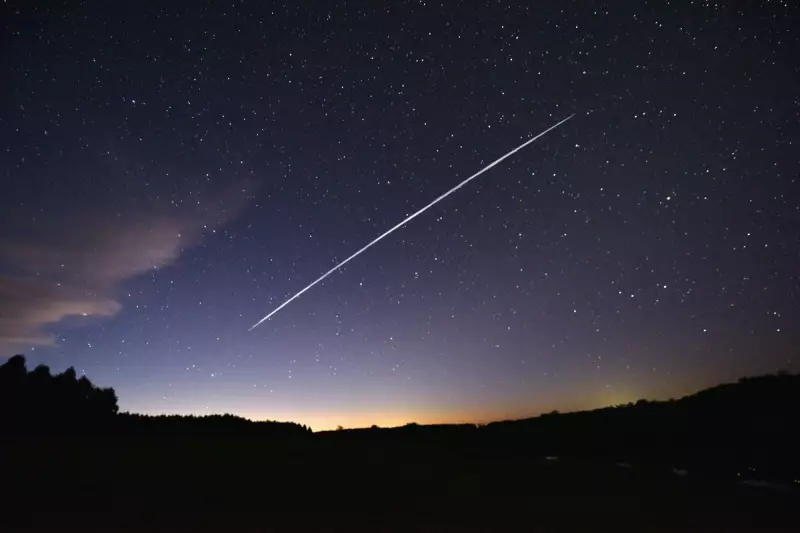
Astronomers are sounding the alarm over the growing number of Starlink satellites launched by SpaceX, which they say are increasingly interfering with astronomical observations. The bright streaks left by these satellites in the night sky are making it harder for scientists to study distant stars, galaxies, and other celestial phenomena.
Impact on Astronomical Research
According to experts, the reflective surfaces of Starlink satellites create long, bright trails in telescope images, often obscuring critical data. "What was once a pristine view of the cosmos is now littered with artificial streaks," said Dr. Emma Thompson, an astrophysicist at the University of Cambridge. "This is not just an inconvenience—it’s a serious threat to scientific discovery."
Regulatory Concerns
With thousands more satellites planned for launch, astronomers are urging governments to implement stricter regulations. "SpaceX isn’t the only company with mega-constellation ambitions," noted Professor Alan Harris of the Royal Astronomical Society. "Without proper oversight, we risk losing our ability to explore the universe effectively."
The Push for Dark Skies
Campaigners are calling for international agreements to minimise light pollution from satellites. Some suggest that satellite operators should use darker materials or adjust orbits to reduce visibility. "The night sky belongs to everyone," said Harris. "We must balance technological progress with the preservation of our cosmic heritage."





